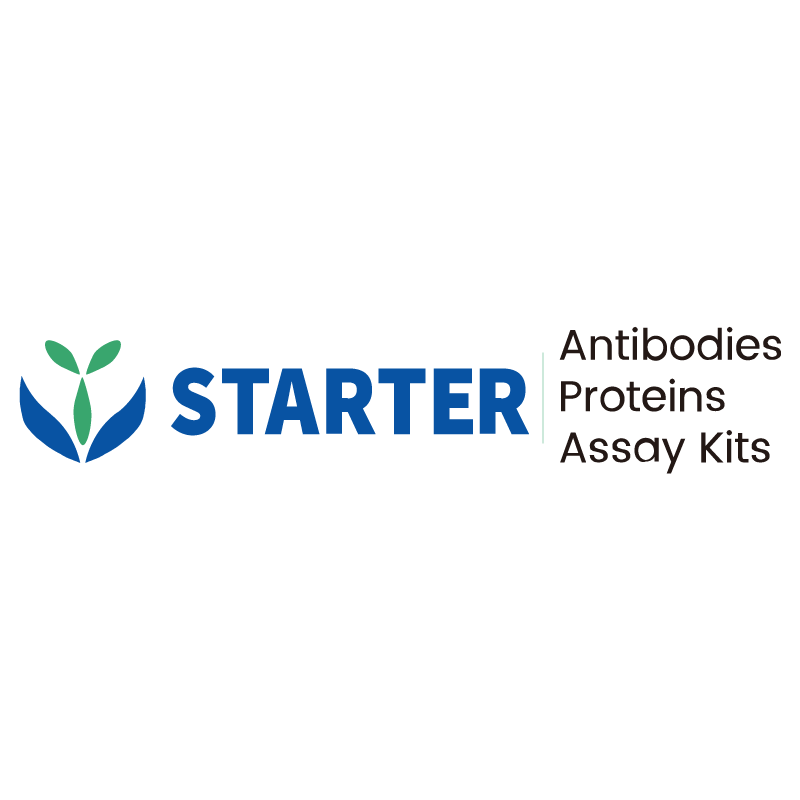2μg(R: reducing conditions)
Product Details
Product Details
Product Specification
| Species | Human |
| Synonyms | Ferritin light chain, Ferritin L subunit |
| Accession | P02792 |
| Amino Acid Sequence | Protein sequence (P02792, Met1-Asp175, with C-His tag) MSSQIRQNYSTDVEAAVNSLVNLYLQASYTYLSLGFYFDRDDVALEGVSHFFRELAEEKREGYERLLKMQNQRGGRALFQDIKKPAEDEWGKTPDAMKAAMALEKKLNQALLDLHALGSARTDPHLCDFLETHFLDEEVKLIKKMGDHLTNLHRLGGPEAGLGEYLFERLTLKHD |
| Expression System | HEK293 |
| Molecular Weight | Predicted MW: 21.7 kDa Observed MW: 22, 25-26 kDa |
| Purity | >95% by SDS-PAGE |
| Endotoxin | <0.1EU/μg |
| Conjugation | Unconjugated |
| Tag | with C-His tag |
| Physical Appearance | Lyophilized Powder |
| Storage Buffer | Lyophilized from a 0.2 μm filtered solution of 0.2M PBS, pH7.4. |
| Reconstitution | Reconstitute no more than 1 mg/mL according to the size in deionized water after rapid centrifugation. |
| Stability & Storage | 12 months from date of receipt, -20 to -70 °C as supplied. |
Background
Ferritin light chain is a protein that in humans is encoded by the FTL gene. Ferritin is the major protein responsible for storing intracellular iron in prokaryotes and eukaryotes. It is a heteropolymer consisting of 24 subunits, heavy and light ferritin chains. The function of the FTL is to act as both an iron reservoir and to remove excess iron from the body. The rates of iron uptake and release may be affected by changes to the components of the ferritin light chains and heavy chains. Although the ferritin light chain unlike the ferritin heavy chain has no ferroxidase activity, the light chain may be responsible for the electron transfer across the ferritin protein cage. Oxidative stress caused by iron radicals generated in the ETC and an increase in iron levels caused by defects in the FTL gene has been known to be a cause of the onset of neurodegenerative diseases and hyperferritinemia-cataract syndrome. Mutations of the FTL gene cause the rare adult-onset basal ganglia disease also known as neuroferritinopathy.
Picture
Picture
SDS-PAGE


